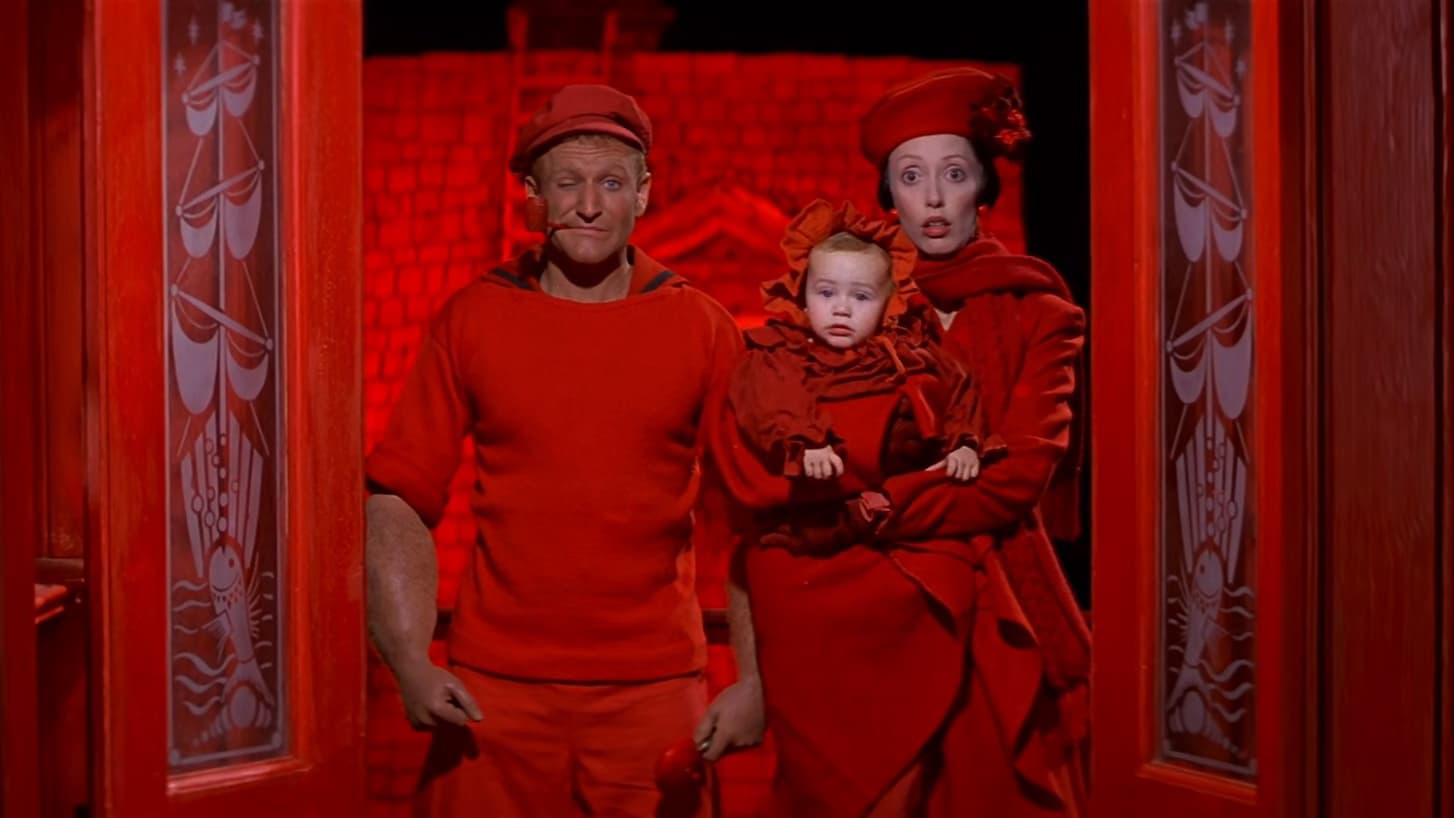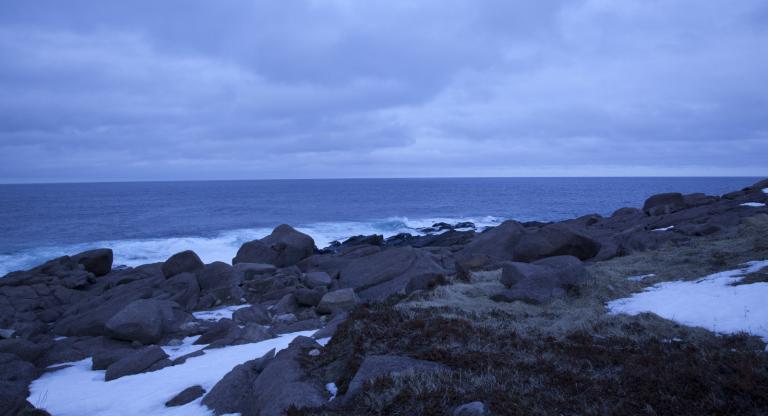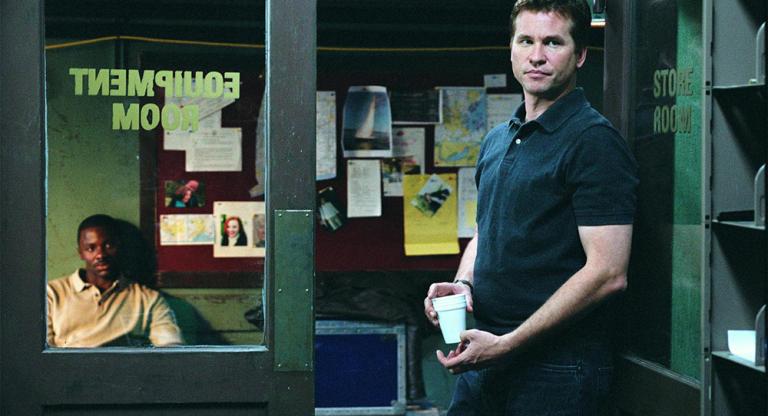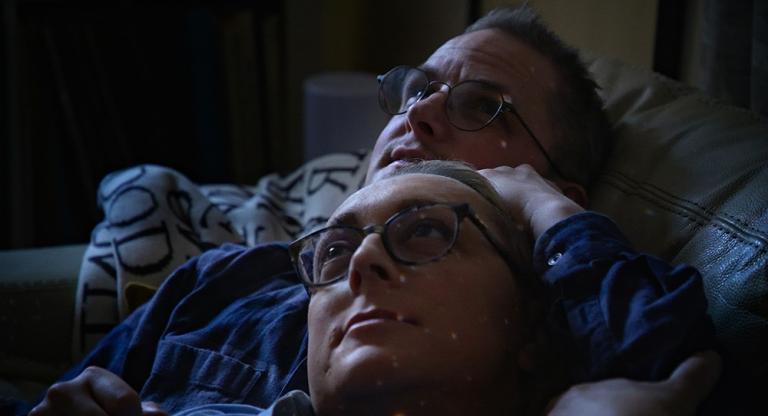Unwell in the head in all the right ways, the 1980 Popeye movie was the brainchild of storied Paramount producer Robert Evans, who tapped satirist and cartoonist Jules Feiffer to write the adaptation in a fit of jealousy over losing the film rights to hit Broadway musical Annie. Sticking with Feiffer cost Evans the initial participation of Dustin Hoffman, who hated the script, as Popeye. Next came Robin Williams (red-hot from Mork and Mindy, but nowhere near the trustworthy megaplex fixture he would become) as Popeye, and Harry Nilsson to write original songs performed by the downtrodden denizens of Sweethaven, the shantytown in which the late Popeye creator E.C. Segar located the slice-of-life drama of his Depression-era newspaper strips. By typical Hollywood exec standards these would be inspired choices, but Evans still needed a ringmaster; Louis Malle, Hal Ashby and Jerry Lewis all contemplated helming Popeye at various points. Per Evans, Feiffer’s screenplay “emphasized social corruption” and “director after director turned it down, claiming it was too complicated.” Enter Robert Altman. The project was as make-or-break for Evans (closing out a freelance producer contract with Paramount that had been a decidedly mixed success) as it was for Altman, smarting from the disappointments of A Wedding and Quintet after his meteoric mid-70s. Both men agreed Shelley Duvall was the only choice for Olive Oyl.
There are many chefs in this kitchen, and the movie’s message-in-a-bottle quality necessitates a sifting out of who contributed what element. Because this is Altman, Sweethaven makes perfect sense alongside the lower depths of the Pacific Northwest brothel of McCabe & Mrs. Miller, the fervid political convention of Nashville, or the touring carnival of Buffalo Bill and the Indians. Williams’ tendency to improvise and expand upon written material put Feiffer ill at-ease, the project at constant risk of being swallowed by his standup persona. The musical scenes are among the least surreal moments in the movie on account of their need to be consistently choreographed and edited. This confluence of ensemble factors (as well as Altman’s antipathy for preplanned mise-en-scene) gives the movie a baroque, all-too-human quality. Forty-five years later, its holiday-release positioning as Saturday morning candy looks more like modesty than restraint.
This is doubly hilarious given the legendary peaks and valleys of Popeye’s behind-the-scenes genesis. Paramount built Sweethaven from scratch and mounted it, at great expense, on the island of Malta, where it lives today as a storied tourist attraction. “Malta has no indigenous wood,” Feiffer told Altman biographer Mitchell Zuckoff. “It’s a rock, and we had to import every piece of wood from the west coast.” There’s a recently-viral clip of then-Paramount CEO Barry Diller being asked what was the most coked-up movie of his career, and pausing thoughtfully before responding, “Oh, Popeye.” Tales abound about the drug being smuggled in and out of Malta in film canisters, the authorities of the island nation essentially OKing whatever. (Of doing drugs while watching the Popeye dailies, Williams told Zuckoff: “If you’re going to watch two hours of a boat rowing, you have to have a little help.”) But whatever frenetic, boom-bust energy one associates with cocaine, the resultant vibe is more akin to that of Altman’s 3 Women, something dreamlike and geeked-out, like having been hit on the head with an oversize cartoon frying pan.
At its core, Popeye is an ethnographic study of the toon culture of Sweethaven; the lumpen, traumatized sailor man emerges ex nihilio and the townsfolk, all of whom Feiffer describes as “shipwreck survivors”, must make sense of this Caliban. The film’s plotline is not unfaithful to the comic strips: Popeye is seeking his long-lost Pappy who wants nothing to do with him (played by Ray Walston who growls, “hating’s me code I will live and die by hating.“) and also finds himself and Olive caretaking an abandoned baby called Swee’pea, played by Altman’s real-life grandchild. Olive’s brother Castor exploits him as a prizefighter. Feiffer would later state that Altman’s approach to the character had more to do with honoring the animated Popeye cartoons made by Max and Dave Fleischer which, for all their brilliance, took things in a more elastic and manic direction than the bone-dry strips of Segar, who died at the peak of Popeye’s popularity in 1936. “When I left town,” Feiffer said, “Segar left with me and Fleischer took over, because that was basically more Bob’s sense of humor anyway. More slapsticky.”
It’s usually a bad thing if one feels like they are watching a film run out of money in real time; with Popeye it just becomes part of the charm. Feiffer’s initial script involved an elaborate climax where Bluto and Popeye rip pieces from a sinking ship to combat each other, hastening their own submersion in the water; the budget ended up obliging Altman to shoot a none-too-convincing wrestling match between Popeye and a limp (but memorable) fiberglass octopus, comparable to Tor Johnson in Plan 9 From Outer Space, before Williams moonwalks on water, like Jesus. “In the cartoons his feet would turn into a propeller and he could go flying through the water,” Williams said. “We had three Maltese guys and me on a winch underwater being pulled very quickly.” This scrappiness (despite a mushrooming budget) extends to Popeye’s legendary forearms, made bespoke and notoriously problematic to make work for the movie, whose scenes included hand-to-hand combat.
Popeye did recoup its budget, but few knew exactly what to make of it upon impact, and it remains polarizing. Its loving bric-a-brac is the opposite of the sloppy CGI hysteria of the last 25 years of so-called “comic book movies”, yet one could never pass it off as an unblemished, normal work of popular entertainment. It’s a freak show (described by Diller as “running at 78 RPM in 33 speed”) with a heart of gold. To close by, again, citing Feiffer: “I got a call about it a few days after its release, from Chicago, from a woman who introduced herself on the phone as Segar’s daughter. She said she had heard me on one or two radio interviews talk about her father, and how I was trying to make this movie a testament to him. She thought this was absolute nonsense and didn’t believe it because she had heard people talk this way before and it never, ever amounted to anything. But she’d just come from the screening and she said it was her father up there on the screen, and she wanted to thank me. I thanked her and I hung up the phone and I wept.”
Popeye screens on 35mm on Saturday at BAMPFA as part of Robert Altman at 100.



